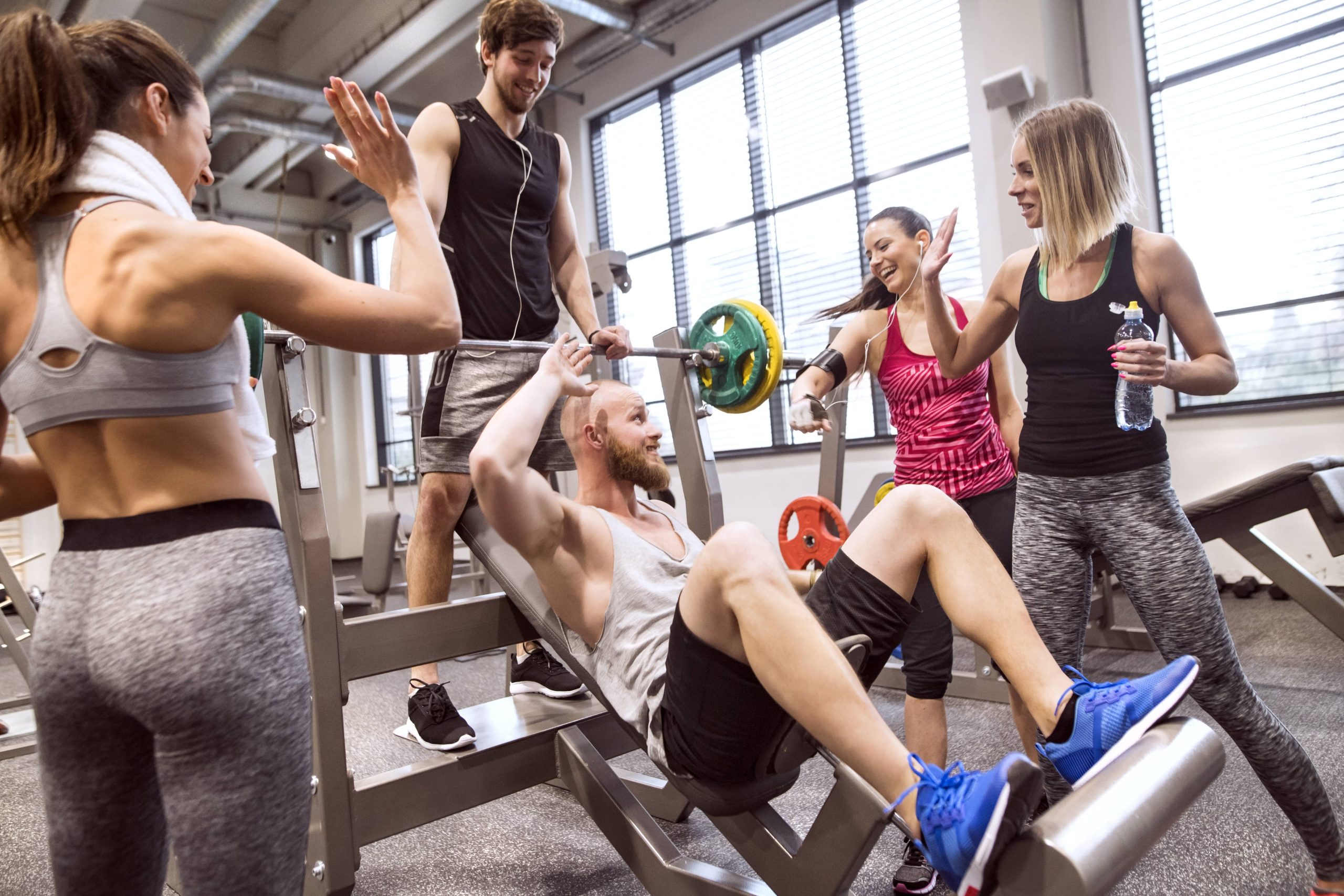
In the world of fitness and health, much attention is given to muscles, bones, and cardiovascular health. However, an often-overlooked component of our physical well-being is the fascia. This connective tissue plays a crucial role in our overall health, influencing everything from flexibility to pain management. Understanding how to exercise for fascia health can lead to improved performance, reduced injury risk, and enhanced recovery. Here are five key insights into exercising for fascia health.
1. Understanding Fascia: The Body’s Connective Web
Fascia is a band or sheet of connective tissue, primarily collagen, that lies beneath the skin and attaches, stabilizes, encloses, and separates muscles and other internal organs. It is a continuous web that extends from head to toe, providing structural support and protection. Fascia is not just a passive structure; it is dynamic and responsive to movement and pressure.
Why It Matters: Healthy fascia is essential for optimal movement and function. It allows muscles to glide smoothly over each other, supports blood flow, and helps in the transmission of force. When fascia becomes tight or restricted, it can lead to pain, reduced mobility, and increased risk of injury.
2. The Role of Hydration in Fascia Health
Fascia is highly sensitive to hydration levels. It is composed of a gel-like substance that requires adequate water to maintain its elasticity and flexibility. Dehydrated fascia can become stiff and less pliable, leading to discomfort and restricted movement.
Exercise Tip: Ensure you are well-hydrated before, during, and after exercise. Incorporate movements that promote fluid exchange within the fascia, such as dynamic stretching and foam rolling. These activities help to “squeeze” the fascia, encouraging the flow of water and nutrients.
3. Incorporating Myofascial Release Techniques
Myofascial release is a technique used to relieve tension in the fascia. It involves applying gentle, sustained pressure to the connective tissue to eliminate pain and restore motion. This can be done using tools like foam rollers, massage balls, or even your hands.
Exercise Tip: Regularly incorporate myofascial release into your fitness routine. Focus on areas that feel tight or restricted. Spend at least 1-2 minutes on each area, applying gentle pressure and allowing the fascia to release gradually. This practice can improve flexibility, reduce pain, and enhance overall movement quality.
4. The Importance of Diverse Movement Patterns
Fascia responds positively to varied and dynamic movements. Unlike muscles, which can be targeted with specific exercises, fascia benefits from a wide range of motion and activities. This helps to maintain its elasticity and adaptability.
Exercise Tip: Incorporate a variety of movement patterns into your workouts. Activities like yoga, dance, martial arts, and functional training are excellent for fascia health. These exercises challenge the body in multiple planes of motion, promoting a more resilient and adaptable fascial network.
5. Balancing Strength and Flexibility
While strength training is essential for muscle health, it is equally important to balance it with flexibility exercises for fascia health. Overemphasis on strength without adequate flexibility can lead to fascial tightness and imbalances.
Exercise Tip: Pair strength exercises with stretching routines. After a strength workout, spend time stretching the major muscle groups, focusing on areas that tend to become tight, such as the hips, shoulders, and back. Incorporate both static and dynamic stretches to maintain a healthy balance between strength and flexibility.
Conclusion
Fascia health is a critical component of overall fitness and well-being. By understanding and implementing these key insights into your exercise routine, you can enhance your performance, reduce the risk of injury, and improve your quality of life. Remember, fascia is a living tissue that responds to how you move, hydrate, and care for your body. Prioritize its health, and you will reap the benefits in every aspect of your fitness journey.











